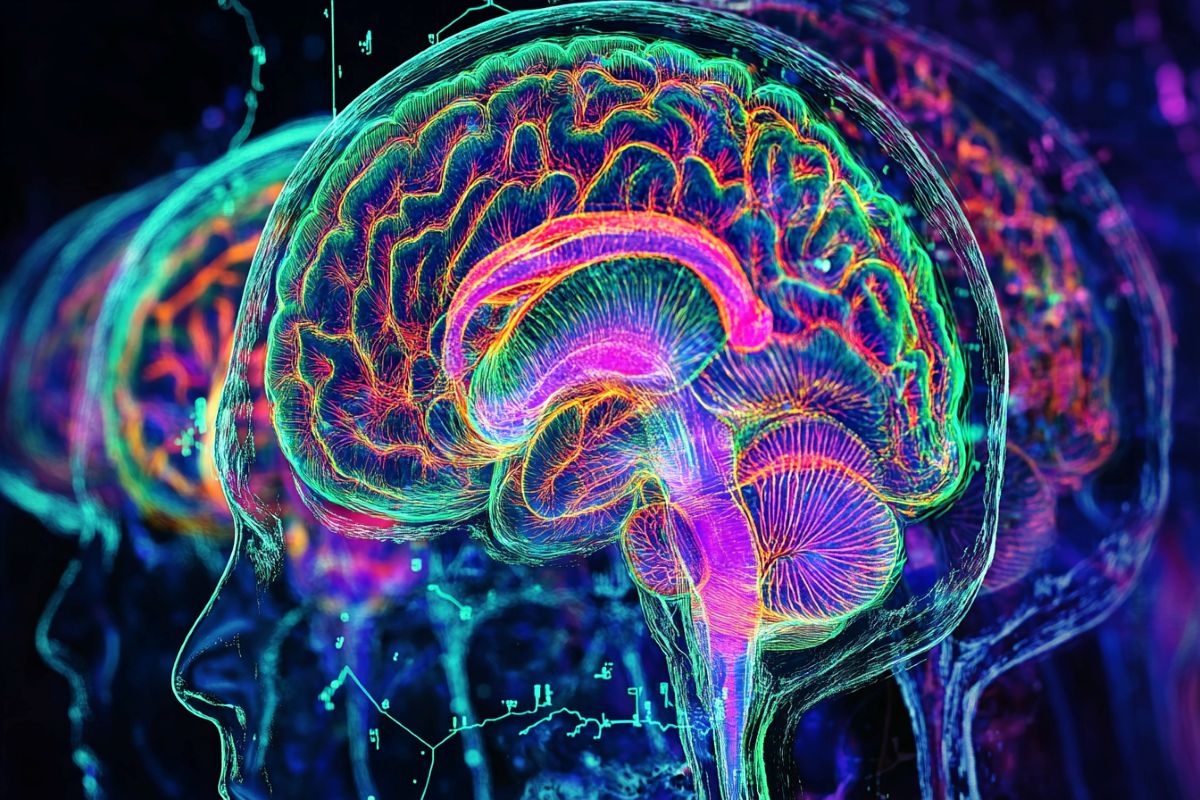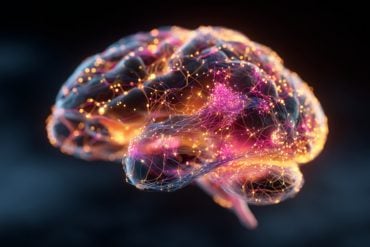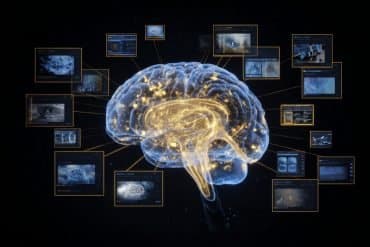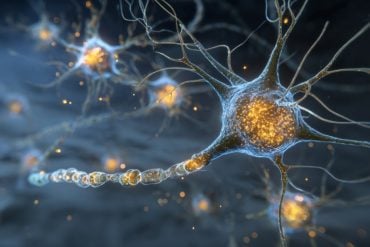Summary: A new international study reveals that schizophrenia manifests differently in the brain, reflecting the wide range of symptoms among patients. Researchers analyzed imaging data from over 6,000 individuals and found that while some brain structures vary significantly, others remain highly uniform.
Brain folding patterns in the mid-frontal region were consistently similar across patients, suggesting a less flexible developmental process in early childhood. These findings highlight the need for precision medicine approaches tailored to each patient’s neurobiological profile.
Key Facts
- Brain Structure Variability: Schizophrenia patients show significant differences in brain surface area and thickness.
- Early Developmental Trait: Consistent brain folding in the mid-frontal region suggests early developmental rigidity in schizophrenia.
- Precision Medicine Potential: Identifying structural differences could lead to individualized treatment strategies.
Source: University of Zurich
The symptoms of schizophrenia vary greatly from person to person. A new study shows how these differences manifest themselves in the structure of the brain.
Schizophrenia is a complex mental health condition that affects perception, thought and emotions. This complexity is reflected in the individual manifestations of the disease: for some patients, perceptual disturbances are the main problem, while for others, cognitive impairments are more prevalent.

“In this sense, there is not one schizophrenia, but many, each with different neurobiological profiles,” says Wolfgang Omlor, first author of the study and senior physician at the University Hospital of Psychiatry Zurich.
To do justice to each of these types of schizophrenia, a precision medicine approach would have to be adopted – for example, with therapies that precisely match the respective neurobiological profile.
“This requires approaches that look for both individual differences and similarities at the neurobiological level,” explains Omlor.
Comprehensive international study of patients’ brain structures
In an international multicenter study, Wolfgang Omlor and the research team at the University of Zurich examined the variability of brain structure in patients with schizophrenia: Which brain networks show a high degree of individuality and which a high degree of similarity?
The researchers examined several characteristics, including the thickness and surface area of the cerebral cortex, as well as the folding pattern and volume of deeper brain regions.
The data was taken from the ENIGMA collaboration, an international research project that combined imaging data from more than 6,000 people in 22 countries. By comparing the brain structures of several thousand patients with schizophrenia and healthy individuals, the variability of brain structure could be studied with a high degree of reliability.
Less flexible brain development in early childhood revealed
While variable brain structures in schizophrenia may reflect differences in symptoms between patients, the uniformity of brain folding in the mid-frontal brain area suggests a developmental trait common to people with schizophrenia.
Because brain folding is largely completed in early childhood, brain development during this period appears to be less flexible in schizophrenia patients, particularly in areas responsible for linking thinking and feeling processes.
“These findings broaden our understanding of the neurobiological basis of schizophrenia,” says Philipp Homan professor at the University of Zurich and corresponding author of the study.
“While uniform brain folding may indicate possible mechanisms of disease development, regions with high variability in brain structure may be relevant for the development of individualized treatment strategies.”
About this schizophrenia research news
Author: Barbara Simpson
Source: University of Zurich
Contact: Barbara Simpson – University of Zurich
Image: The image is credited to Neuroscience News
Original Research: Open access.
“Estimating Multimodal Structural Brain Variability in Schizophrenia Spectrum Disorders: A Worldwide ENIGMA Study” by Philipp Homan et al. American Journal of Psychiatry
Abstract
Estimating Multimodal Structural Brain Variability in Schizophrenia Spectrum Disorders: A Worldwide ENIGMA Study
Objective:
The authors synthesized evidence from studies quantifying the relationship between anticholinergic medication and cognitive function in psychosis, and additionally explored studies that investigated whether reducing anticholinergic medications affects cognitive function in individuals with psychosis.
Methods:
A database search was conducted in MEDLINE, Embase, and PsycINFO, from database inception to October 2023, for studies reporting objective cognitive assessment and quantification of anticholinergic burden using clinical scales, serological anticholinergic activity, or tapering of anticholinergic medications. Analyses were carried out in R using the metafor package. Random-effects meta-analysis models were employed, along with assessment of heterogeneity, study quality, and meta-regressions (age, sex, and antipsychotic dosage in chlorpromazine equivalents).
Results:
Of 1,337 citations retrieved, 40 met inclusion criteria, comprising 25 anticholinergic burden studies (4,620 patients), six serological anticholinergic activity studies (382 patients), and nine tapering studies (186 patients). A negative correlation was identified between anticholinergic burden and global cognition (r=−0.37, 95% CI=−0.48, −0.25), verbal learning (r=−0.28, 95% CI=−0.36, −0.21), visual learning (r=−0.17, 95% CI=−0.28, −0.06), working memory (r=−0.22, 95% CI=−0.29, −0.14), processing speed (r=−0.24, 95% CI=−0.35, −0.13), attention (r=−0.19, 95% CI=−0.29, −0.08), executive functions (r=−0.17, 95% CI=−0.27, −0.06), and social cognition (r=−0.12, 95% CI=−0.19, −0.05), and between serological anticholinergic activity and verbal learning (r=−0.26, 95% CI=−0.38, −0.14), working memory (r=−0.19, 95% CI=−0.35, −0.03), and executive functions (r=−0.16, 95% CI=−0.27, −0.04). Finally, tapering off anticholinergic medication improved the scores in verbal learning (d=0.77, 95% CI=0.44, 1.1), working memory (d=0.94, 95% CI=0.63, 1.26), and executive functions (d=0.44, 95% CI=0.26, 0.62).
Conclusions:
Anticholinergic burden is associated with the cognitive impairments observed in psychosis. From a clinical perspective, tapering off anticholinergic medication in patients with psychosis may improve cognition. However, randomized clinical trials are needed for an unbiased quantification of benefit.







